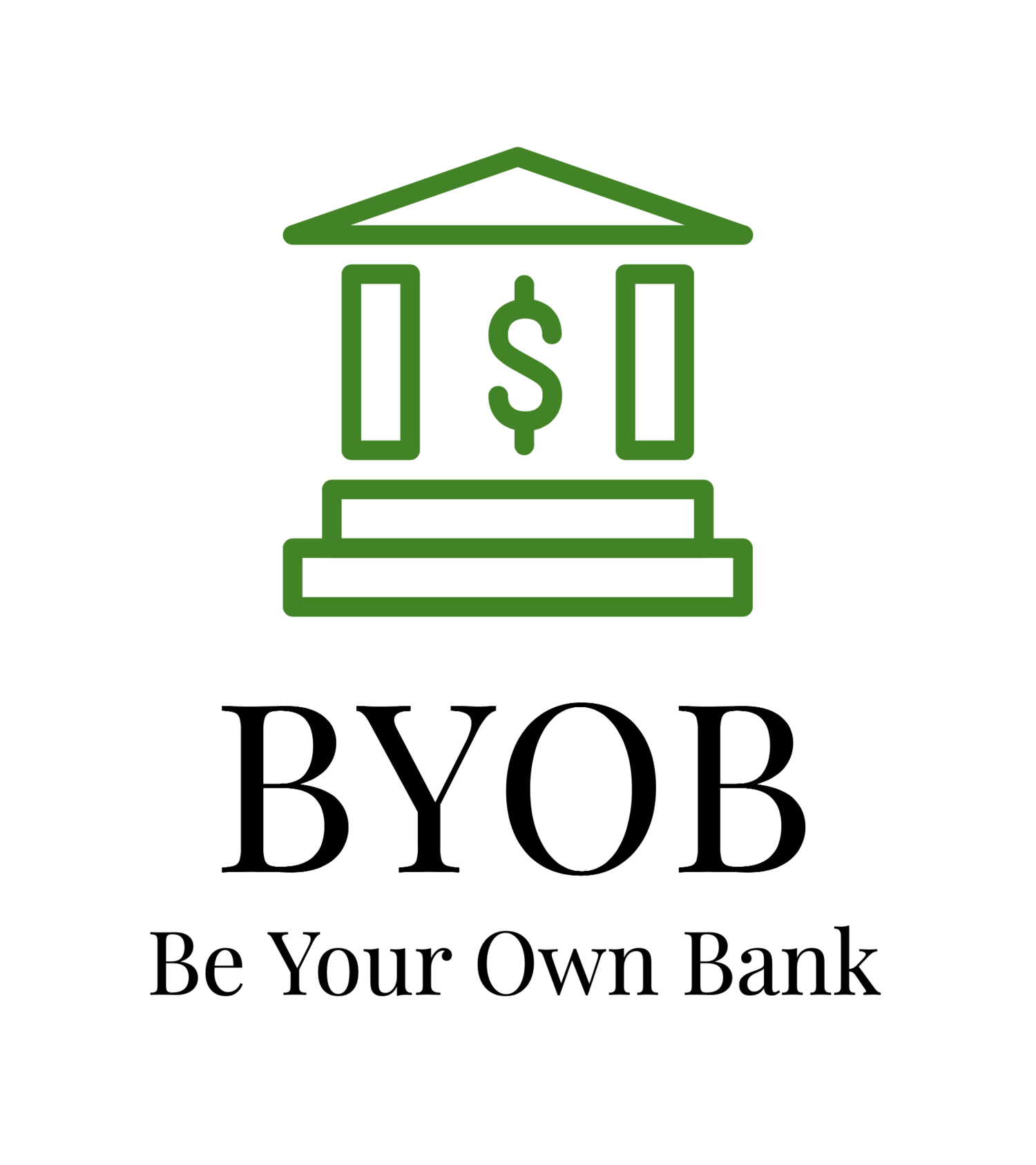The key to financial freedom is to make more money - Cash Flow is KING
In modern society, chasing financial freedom and wealth means focusing on cash flow. It's key to making more money, creating passive income, and investing wisely. I've learned that managing your cash flow well is crucial. Here, I'll share strategies that have helped many, including me, achieve financial freedom.
Key Takeaways
Cash flow is the lifeblood of financial success and stability.
Mastering cash flow management is crucial for building wealth and achieving financial freedom.
Diversifying income streams is a powerful strategy to increase cash flow and mitigate risk.
Understanding the Cash Flow Quadrant model can guide your path to financial independence.
Effective cash flow management involves reducing expenses, creating passive income, and investing strategically.
Understanding the Power of Cash Flow Management
Effective cash flow management is key to financial stability and making smart decisions. It's not just about how much money you earn. It's also about managing the money that comes in and goes out.
What Makes Cash Flow Essential
Cash flow is like a safety net. It helps protect against unexpected costs and changes in income. It also helps businesses meet their obligations on time and invest in growth.
Without enough cash flow, even profitable businesses can face serious problems.
The Relationship Between Cash Flow and Financial Success
Good cash flow is vital for lasting financial success. It helps with budgeting and planning. It also guides decisions on investments and growth.
Key Components of Effective Cash Flow Management
Monitoring and controlling accounts receivable and payable
Optimizing inventory management to minimize tied-up capital
Exploring financing options to bridge cash flow gaps
Forecasting cash flow to anticipate future needs and opportunities
Maintaining adequate cash reserves to weather financial challenges
Closely managing expenses to preserve cash flow and financial stability
By focusing on these areas, businesses and individuals can improve their cash flow. This leads to long-term financial success.
"Cash flow is the lifeblood of any business. Effective cash flow management is essential for maintaining liquidity, weathering economic storms, and seizing growth opportunities."
The Path to Financial Freedom
Reaching financial freedom is a journey that needs a mindset shift and smart wealth-building strategies. It's not just about making more money. It's about managing your cash flow, cutting expenses, and creating different income sources. By controlling your finances, you open the door to a life of true independence and happiness.
The first step is understanding the power of cash flow. This means watching your income and expenses closely. Look for ways to save and use those savings to build wealth. The 50/30/20 budget rule is a good start. It suggests using 50% for necessities, 30% for fun, and 20% for savings and paying off debt.
Diversifying your income is also key. This could mean starting a side job, freelancing, or investing in things like rental properties or stocks that pay dividends. Having many income sources makes you less dependent on one job and strengthens your financial base.
It's also vital to have a money mindset focused on long-term wealth, not just quick wins. This means saying no to impulse buys and investing in your future. Put money into retirement accounts, emergency funds, and other smart investments.
"Financial freedom is available to those who learn about it and work for it." - Robert Kiyosaki
The journey to financial freedom is unique for everyone. It needs careful planning, discipline, and a willingness to try new things. By taking a full view of your finances and sticking to your goals, you can open up a world of possibilities. You'll have the freedom to follow your passions without worrying about money.
https://youtu.be/2Ukqt2MNjmk
Mastering the Big Three Expenses
Reaching financial freedom starts with mastering the "big three" expenses: housing, food, and transportation. These areas take up most of your budget. By optimizing them, you can save a lot for wealth-building activities.
Housing Optimization Strategies
Housing is usually the biggest expense. To cut costs, think about refinancing your mortgage for a better rate. Downsizing or renting out extra space can also save you money. These steps can help you save a lot for your financial goals.
Food Cost Reduction Techniques
Food is another big expense. To save, cook at home more, plan meals to avoid waste, and buy in bulk. Being smart with your grocery spending can lead to big savings. This is a key part of budgeting techniques for expense reduction.
Transportation Expense Management
Transportation is the third big expense. Look for ways to lower car costs, like using public transport or carpooling. Even considering a one-car household can save a lot. These cost-cutting strategies help you get closer to financial freedom.
Mastering the big three expenses frees up money for wealth-building. This includes investing and creating income streams. These are key to long-term financial success.
Creating Multiple Income Streams
Many dream of financial freedom, and one way to get there is by having multiple income streams. The average millionaire has about seven sources of income. You can diversify your earnings through jobs, starting your own business, investing, and side hustles.
Shaw is a great example. He now has nine income streams, earning in the mid-six figures. His income comes from public speaking, book sales, consulting, and podcasting. He suggests adding one or two new income sources each year to stay manageable.
Podcasting can be very profitable, needing about 10,000 downloads per episode to attract sponsors. Public speaking can also increase in value as you build your brand. Investing in rental properties or peer-to-peer lending can provide steady passive income.
The subscription model offers predictable income from exclusive content or software. ETFs and affiliate marketing are also good for passive income online. Renting out personal assets, like cars or storage space, can also create diversified income without needing to sell them.
There are countless opportunities in entrepreneurship and side hustles. Creating content on YouTube or blogs can open up different ways to make money, like ads and sponsorships. Passive income from rental properties, stock dividends, and online courses can also help secure your financial future.
To build wealth, explore the many opportunities for diversified income that match your skills and interests. By creating multiple income streams, you can work towards financial freedom and long-term success.
"Passive income includes money earned from sources like rental properties, stock dividends, online courses, and projects where little active involvement is required."
The Cash Flow Quadrant: Your Blueprint to Wealth
Starting your journey to financial freedom begins with the Cash Flow Quadrant. This model was created by Robert Kiyosaki. It shows four ways to make money: Employee (E), Self-Employed (S), Business Owner (B), and Investor (I). Each has different levels of risk and potential for wealth.
Employee Quadrant: Trading Time for Money
People in the "E" quadrant get a steady paycheck by trading their time. They look for job security and benefits. But, they pay a high tax rate, about 40%, and can't easily increase their income. Moving past the "E" quadrant is key to financial freedom.
Self-Employed: Building Personal Brand Value
The "S" quadrant is for freelancers and small business owners. They have more control but face a high tax rate, about 60%. To succeed, they must build their personal brand and learn skills for the "B" quadrant.
Business Owner: Leveraging Systems and People
In the "B" quadrant, business owners focus on systems and teams, not just their time. They pay about 20% in taxes. This quadrant offers more wealth-building potential than "E" and "S" quadrants.
Investor: Making Money Work for You
The "I" quadrant is for those who make their money work for them. They might pay 0% in taxes. By investing in things like real estate and stocks, they can achieve financial independence.
The aim is to move up the quadrants to become an investor. This path requires taking risks, learning new skills, and building systems and passive income. The Cash Flow Quadrant offers a roadmap to lasting wealth and security.
"The key to financial freedom and great wealth is a person's ability to convert earned income into passive income and/or portfolio income." - Robert Kiyosaki
Building Passive Income for Long-Term Success
Many people dream of true financial freedom. The secret to achieving this is through passive income. This way, your money works for you, not the other way around. By exploring options like real estate, dividend stocks, and online businesses, you can earn money without constant effort.
Real estate investing is a promising path. Rental properties can bring in steady income and even grow in value. Dividend stocks also offer regular payments without needing to manage the companies directly.
Starting passive income may take time or money upfront. But the long-term gains are worth it. With multiple income streams, you can achieve financial independence. This means your money works for you, freeing you to pursue your passions or enjoy time with loved ones.
Passive Income StrategyPotential BenefitsPotential DrawbacksReal Estate InvestingSteady rental income, potential for property value appreciationRequires significant upfront investment, management responsibilitiesDividend StocksConsistent dividend payments, potential for long-term capital growthPotential market volatility, requires research and portfolio managementOnline Businesses (e.g., e-commerce, affiliate marketing)Scalable income potential, flexibility, lower overhead costsRequires upfront investment of time and effort, competition can be fierce
Diversify your passive income sources and keep reinvesting. This builds a strong financial base for the future. Embrace passive income to achieve true financial freedom.
"The key to achieving financial freedom is to have your money work for you, not you working for your money." - Warren Buffett
Strategic Cash Flow Management Techniques
Knowing how to manage cash flow is key for keeping finances stable and planning for the future. Using smart cash flow management can help businesses face financial hurdles and find new ways to grow.
Monitoring and Tracking Systems
It's important to keep an eye on money coming in and going out. With the help of real-time data and advanced analytics, businesses can spot trends and make better financial choices.
Cash Flow Forecasting Methods
Being able to predict cash flow is vital for planning ahead. By using past data, industry trends, and predictive models, companies can make accurate forecasts. This helps them plan for expenses, find new revenue sources, and keep their finances liquid.
Risk Management Strategies
Good cash flow management means having solid risk management plans. This includes keeping enough cash on hand, diversifying income, and having backup plans for unexpected events. By tackling risks head-on, businesses can protect their finances and support their growth goals.
By using these cash flow management strategies, companies can improve their financial knowledge, optimize their cash flow, and plan for the future. This approach helps businesses overcome financial challenges, grab opportunities, and achieve financial freedom in the long run.
Investing for Sustainable Cash Flow
As an investor, building a portfolio that generates steady cash flow is crucial for long-term success. Investment strategiesthat focus on portfolio diversification and long-term investing are key to this goal.
Creating a diversified portfolio with income-generating assets is a smart move. This includes dividend-paying stocks, bonds, and real estate investment trusts (REITs). These assets provide a steady cash flow, which can be reinvested to grow your wealth over time.
Reinvesting dividends and using compound interest are powerful strategies. By consistently reinvesting your earnings, you can see your portfolio grow steadily in value. This is the power of compound growth.
Another key aspect is focusing on long-term, reliable returns. This means being patient and disciplined. It's about building wealth over time, not chasing quick gains.
"The key to financial freedom is to make your money work for you, not the other way around." - Robert Kiyosaki
By following these principles, you can build a portfolio that generates steady income. This helps you reach your financial goals over the long run.
Conclusion
Getting to financial freedom is a journey with many steps. I need to increase my income, manage my cash flow well, and build passive income. This way, I can reach true financial independence and follow my dreams without money worries.
In this article, I looked at the importance of managing cash flow and the path to financial freedom. I also learned about strategies for handling big expenses and the benefits of having multiple income sources. Understanding the Cash Flow Quadrant and making smart investments are crucial for building wealth and security.
Thinking back on what I've learned, I see that financial freedom is more than just money. It's about living life as I want. By keeping a long-term view and using these strategies, I aim for a future where my investments and passive income cover my costs. This will let me focus on my passions and leave a lasting legacy.







